Reputed to lay the best-tasting eggs in the world, our Marans were directly imported from national champion French bloodlines. We breed imported black copper and white varieties.
| Item | 1+ | Quantity |
|---|---|---|
| Black Copper Marans Day-Old Chicks Unsexed | 59.00 | |
| Black Copper Marans Eggs | 18.00 | Sold Out |
| White Marans Day-Old Chick Unsexed | 59.00 | |
| White Marans Eggs | 12.00 | Sold Out |
| Assorted Marans Eggs | 16.00 | Sold Out |
Marans (the name is always spelled with the ‘s’ whether talking about a single bird or many birds) are fine dual-purpose chickens from France. Marans is a port town in France, and the breed originated from a now untraceable mix of chickens that were left in the town by seafarers in the 1800s. The birds were originally bred as fighting cocks, but some random combination of matings produced a bird that became popular for the barnyard. By the early 1920s the breed had been clearly established. From France the breed migrated to England and then in the past few decades to America. In 2011, black copper Marans were accepted into the breed standard by the American Poultry Association.
Although Marans are an excellent meat bird, their outstanding and unique attribute is the shell color of the plentiful eggs that they lay. Marans lay an egg that has a shell the color of dark chocolate; so dark that at times it borders on being black. And when cracked open, the yolk of free-range birds is bright orange, bursting with vitamins, protein and fats from its healthy lifestyle. While a typical store-bought egg has a yolk that is runny and flaccid, the free-range Marans produce yolks that have ‘muscle tone;’ little orange domes that jut skyward from the egg white. Marans have the reputation for laying the best-tasting chicken egg in the world. (Perhaps, for these reasons, the author Ian Fleming identified Marans eggs as those most preferred by James Bond.)
In French poultry shows Marans often compete in two distinct categories: eggs and exhibition. In the egg category, the eggs of black copper Marans are judged for the depth of their brown color, luster in the shell color, size, shape, and other factors aimed at producing the perfect Marans egg. In the exhibition category birds are judged on their body shape, coloration, and many other factors contained in a written standard that describe the ideal appearance for a Marans. Both of these categories are exhibited and judged at a national Marans show in France that we have attended several times and marveled at the quality of the eggs and the birds. To give you a better sense of this, pictured in the gallery below are egg pictures we took while at the French national show.
It’s easy to surmise that no better Marans exist anywhere than those that win the French national show. France is, after all, the birthplace of the breed and is the most authentic source for Marans. The French national Marans show fosters the greatest competition among that nation’s top Marans breeders. In 2018, we imported black coppers from Marans bloodlines that recently won the top honors at the French national show in both the eggs and exhibition categories. Because of the demand for Marans in the United States and the variability in quality of the Marans we see in this country, importing these national champion bloodlines was possibly the most important project we have undertaken at Greenfire Farms.
We are now pleased to offer the offspring of black copper Marans that are blended from the best breeding stock we could find: from a French national champion egg line, from a French national champion exhibition line, and from an excellent American line that was officially certified compliant with the APA standard by an APA judge. Our goal was to create a Greenfire Farms’ bloodline with the best genetics available, and we believe we succeeded. Some of the eggs are the darkest Marans eggs we have ever seen, and when they first began laying we were blown away by the depth of the brown egg color and the consistency with which very dark eggs were produced. It was a magical moment on the farm and will probably be one in your chicken coop as well.
Hatching Eggs - When hatching eggs from this breed, one thing to watch out for is the quality of the feathers down the legs. One issue that we've seen from time to time is that some chicks don't hatch with fully feathered legs. These chicks should not be raised for future breeding purposes.
The merits of each bird should be evaluated as they reach adulthood
It’s easy to surmise that no better Marans exist anywhere than those that win the French national show. France is, after all, the birthplace of the breed and is the most authentic source for Marans. The French national Marans show fosters the greatest competition among that nation’s top Marans breeders. In 2018, we imported black coppers from Marans bloodlines that recently won the top honors at the French national show in both the eggs and exhibition categories. Because of the demand for Marans in the United States and the variability in quality of the Marans we see in this country, importing these national champion bloodlines was possibly the most important project we have undertaken at Greenfire Farms.
We are now pleased to offer the offspring of black copper Marans that are blended from the best breeding stock we could find: from a French national champion egg line, from a French national champion exhibition line, and from an excellent American line that was officially certified compliant with the APA standard by an APA judge. Our goal was to create a Greenfire Farms’ bloodline with the best genetics available, and we believe we succeeded. Some of the eggs are the darkest Marans eggs we have ever seen, and when they first began laying we were blown away by the depth of the brown egg color and the consistency with which very dark eggs were produced. It was a magical moment on the farm and will probably be one in your chicken coop as well.
Hatching Eggs - When hatching eggs from this breed, one thing to watch out for is the quality of the feathers down the legs. One issue that we've seen from time to time is that some chicks don't hatch with fully feathered legs. These chicks should not be raised for future breeding purposes.
The merits of each bird should be evaluated as they reach adulthood
| Egg Color | brown |
| Egg Size | Large |
| Average number of eggs per year | 150 - 200 |
| Gamefowl | no |
| Table Breeds | Yes |
| Country of Origin | France |
| Cold tolerant | no |
| Year of import(s) | 2015, 2018 |
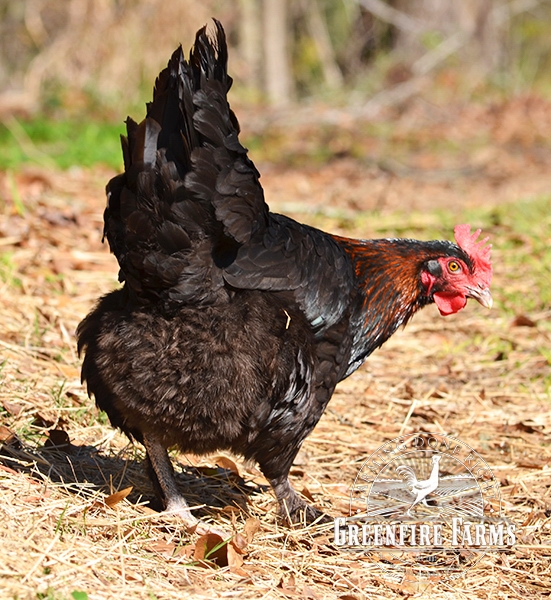

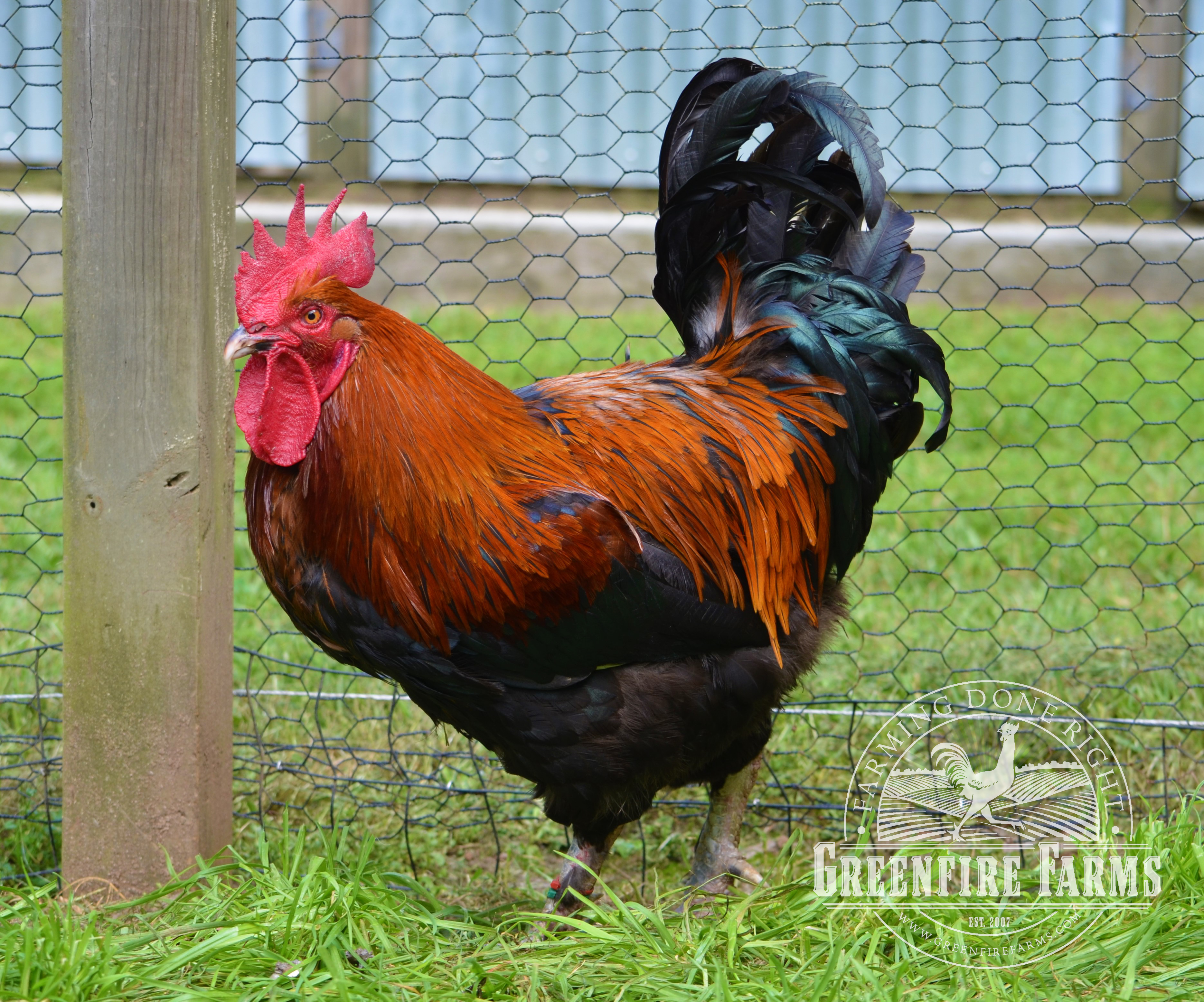
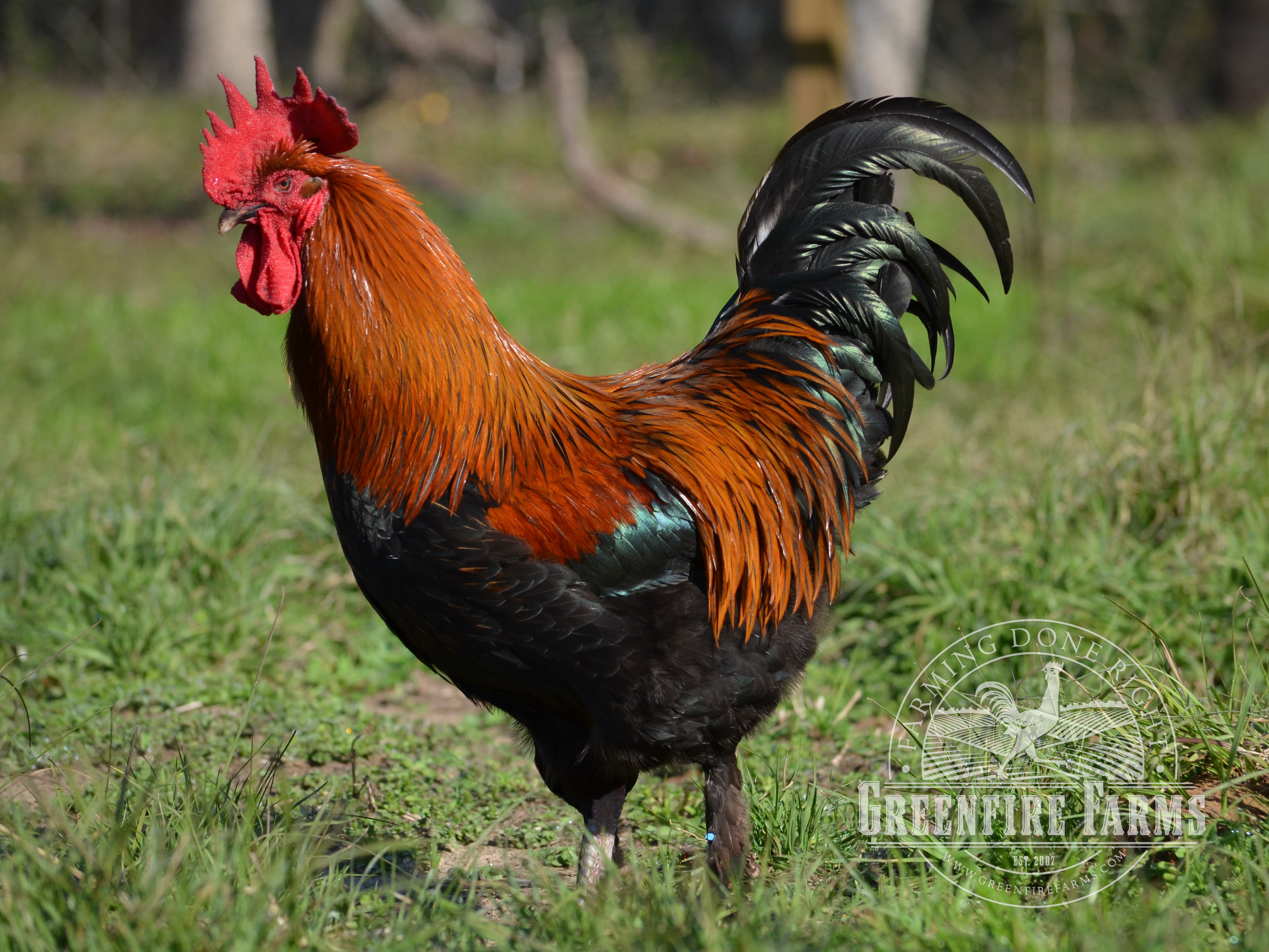

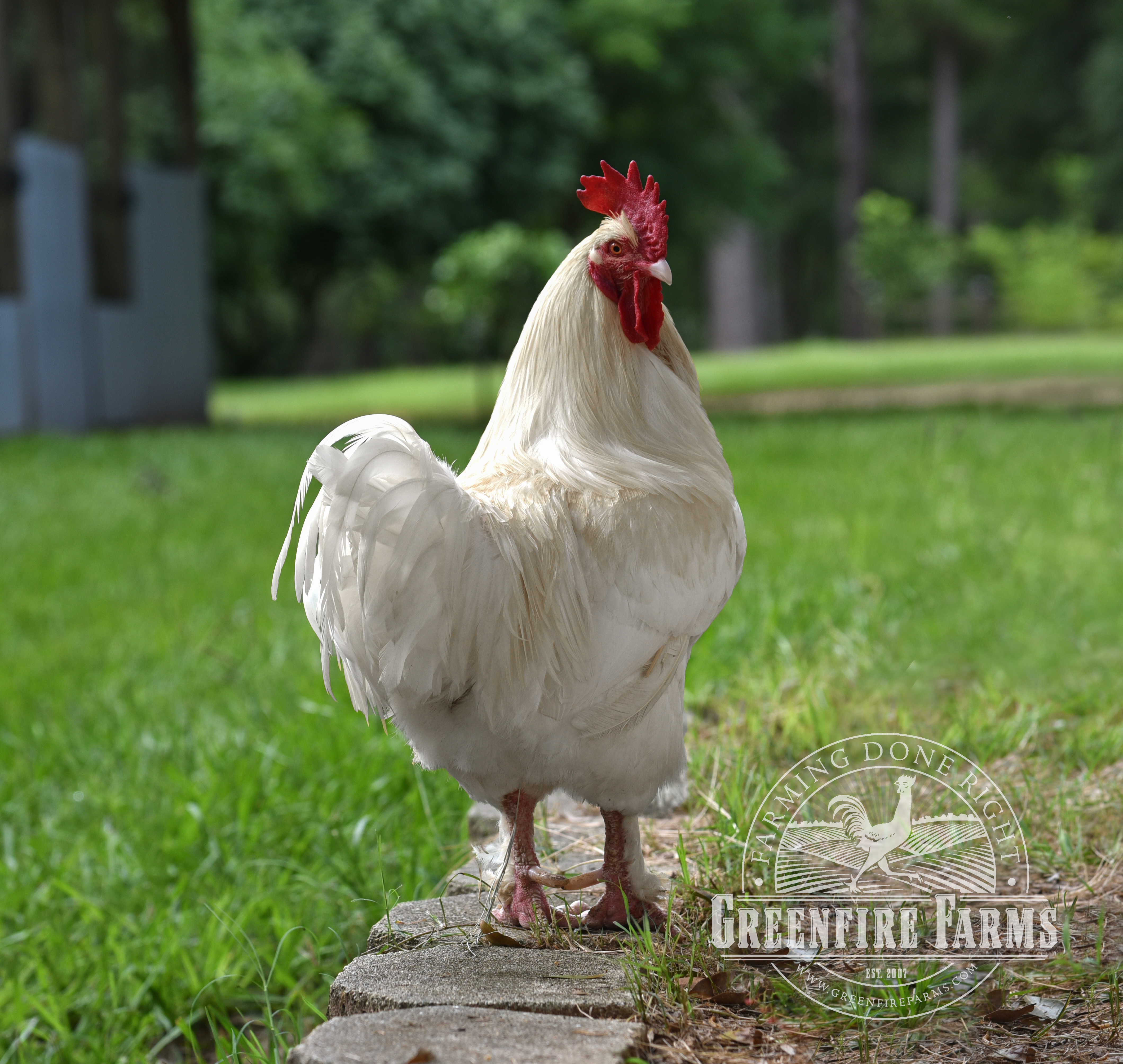
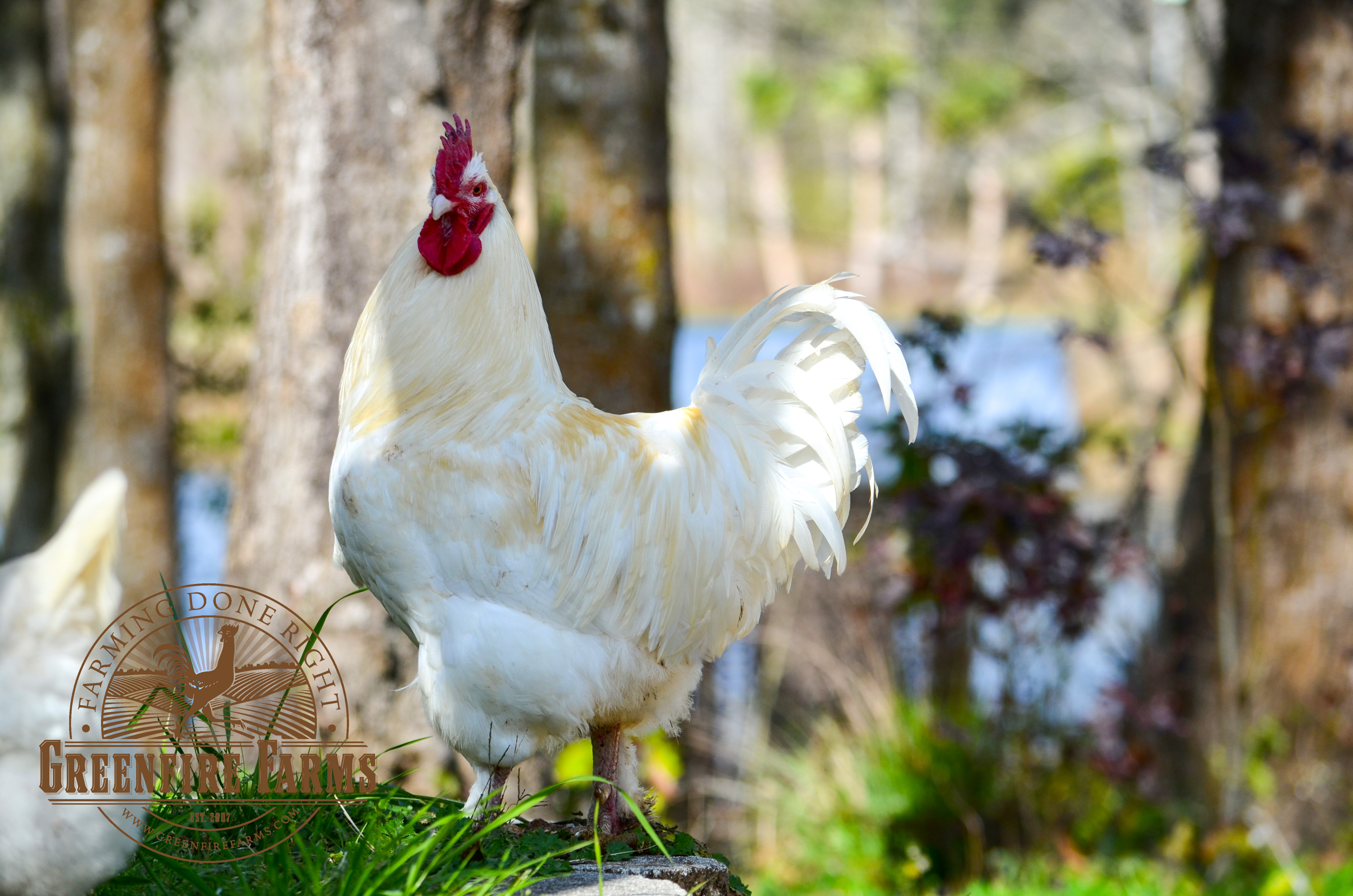
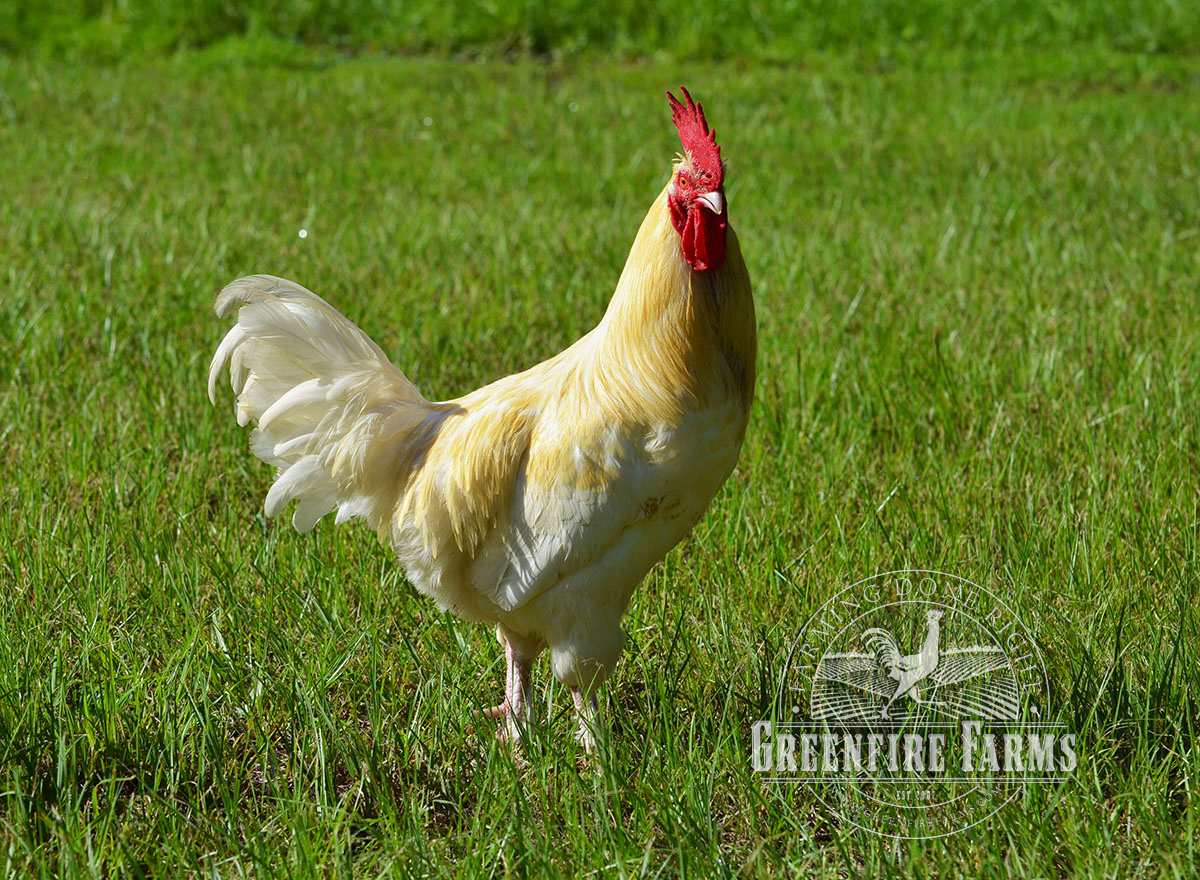

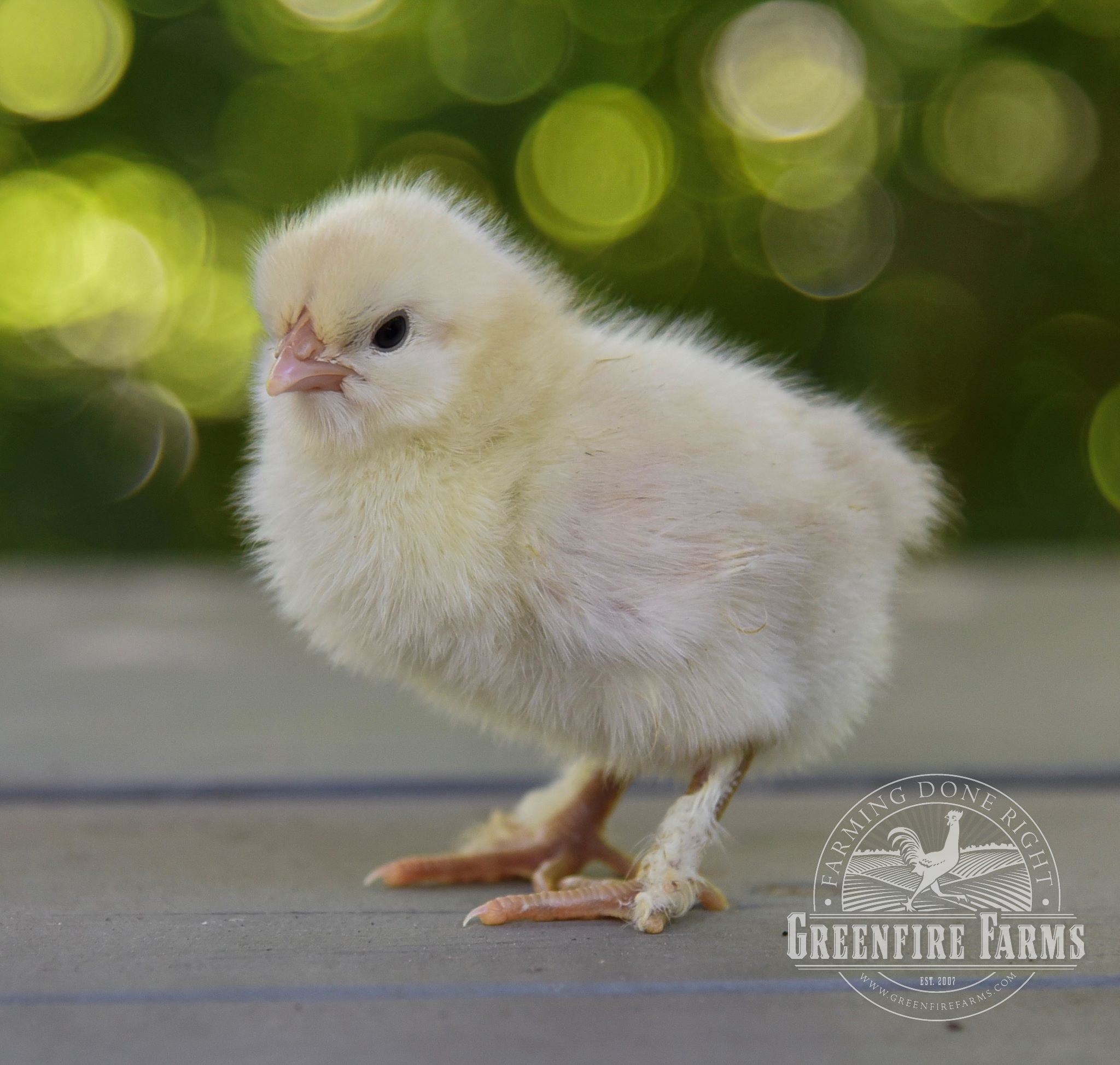
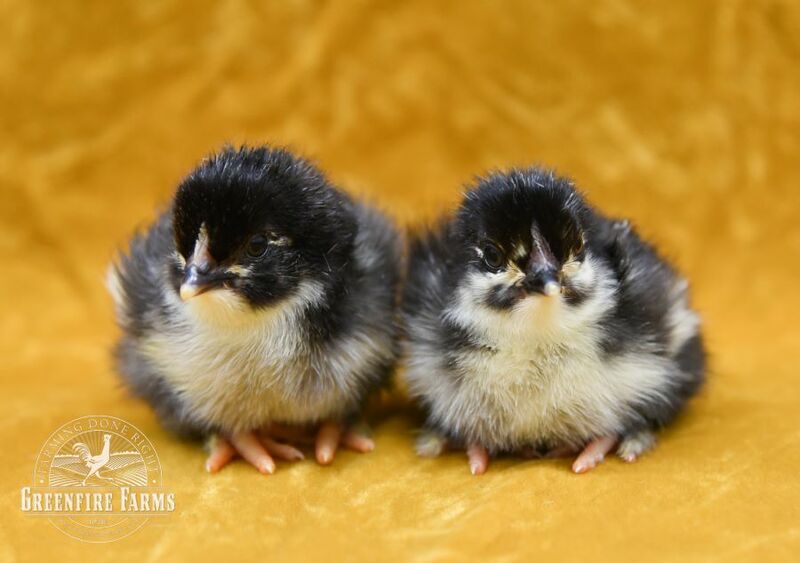
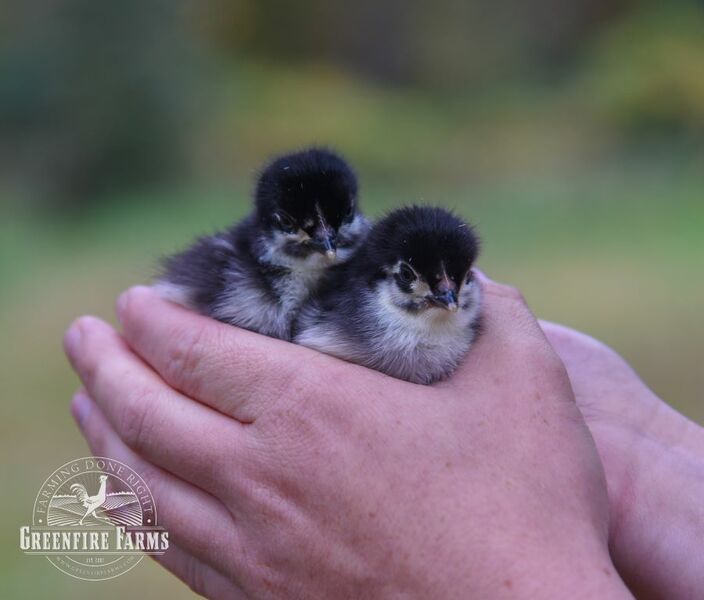




 Cart:
Cart: 

